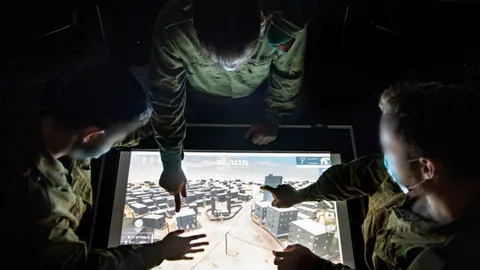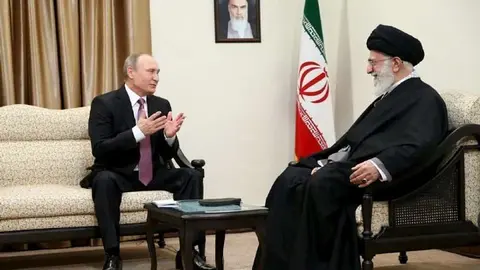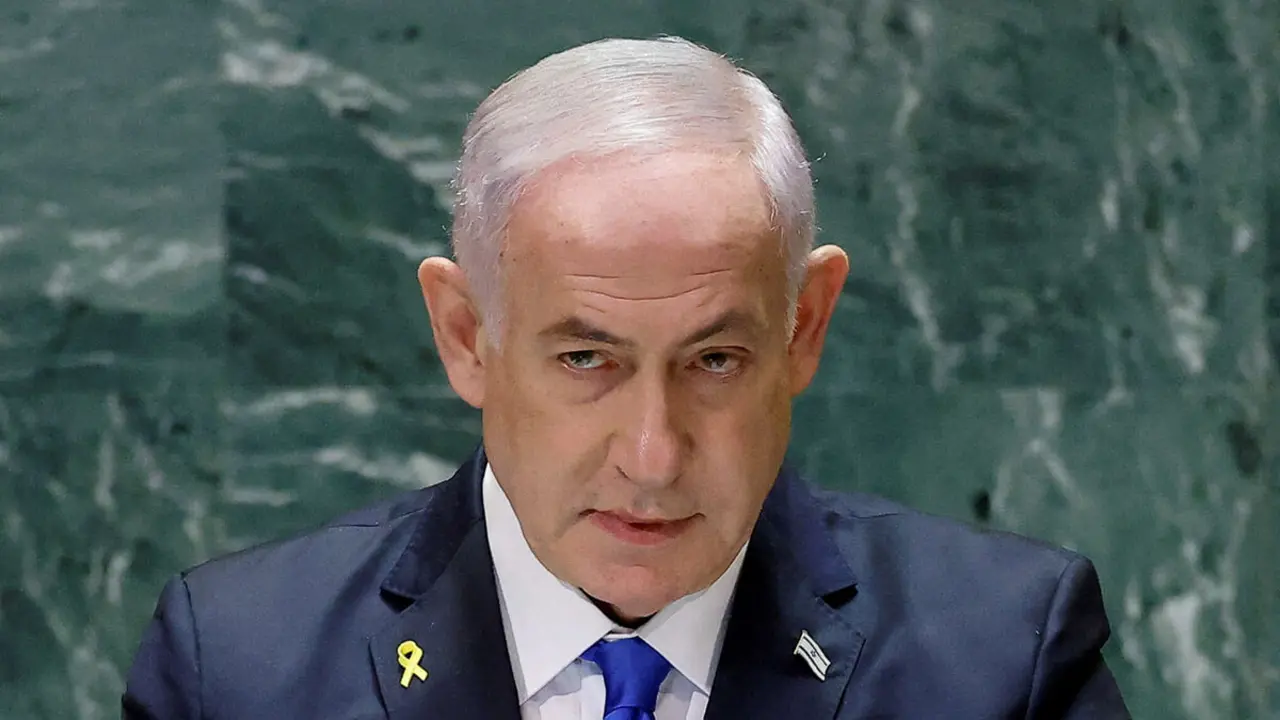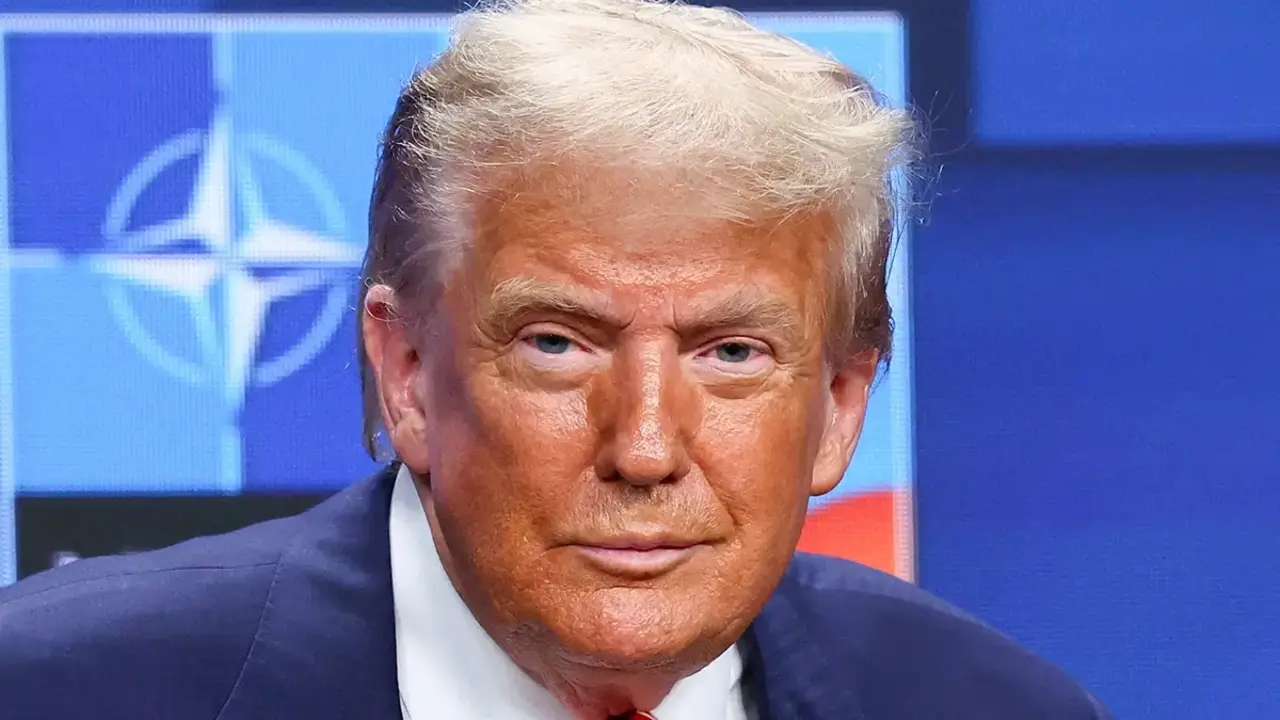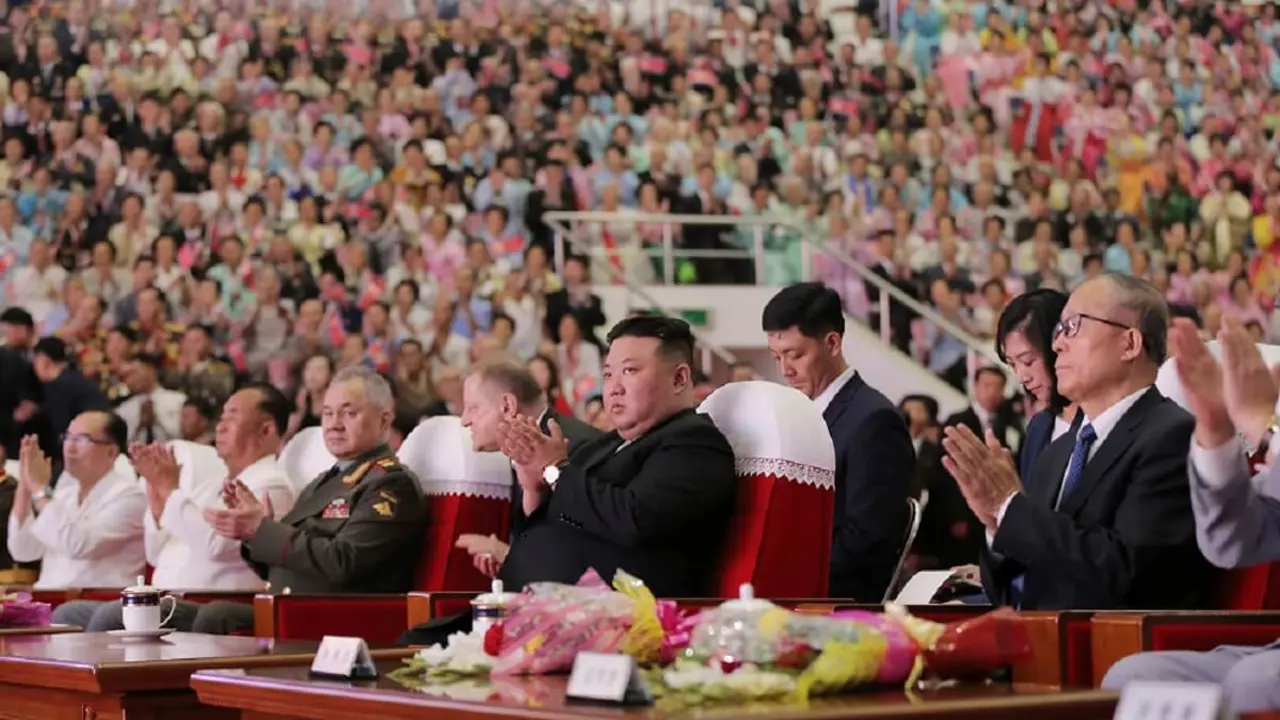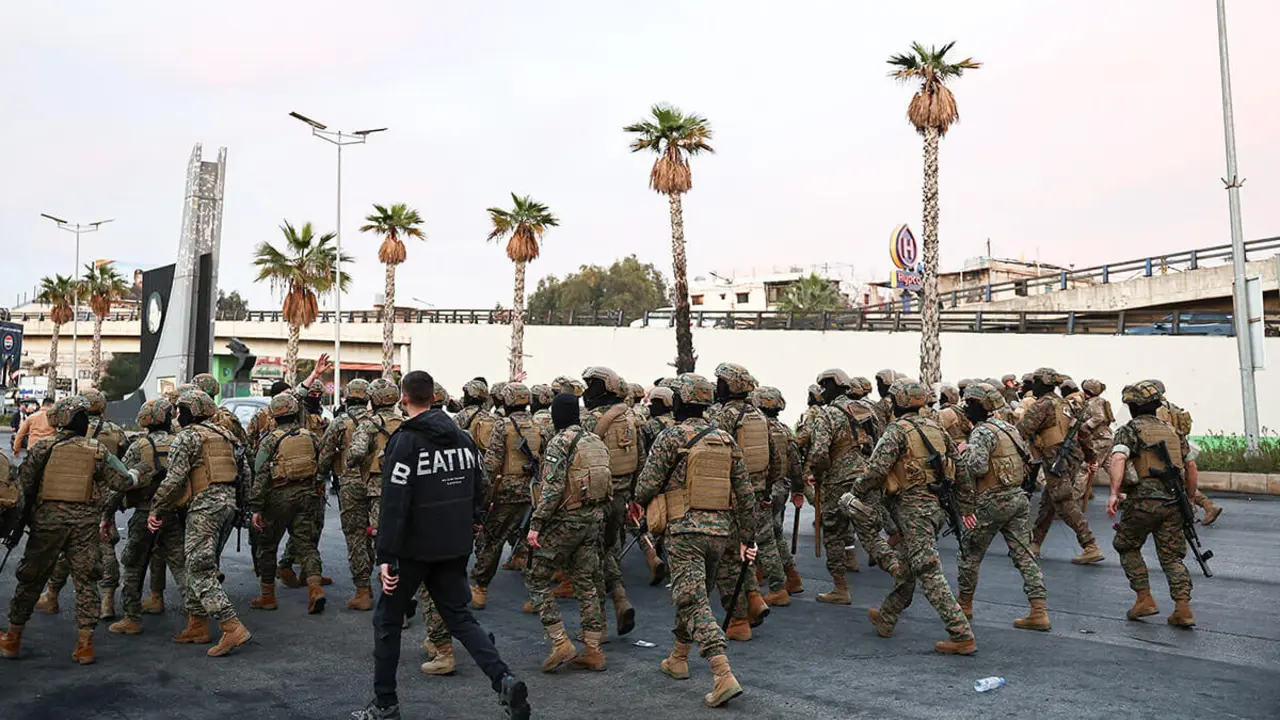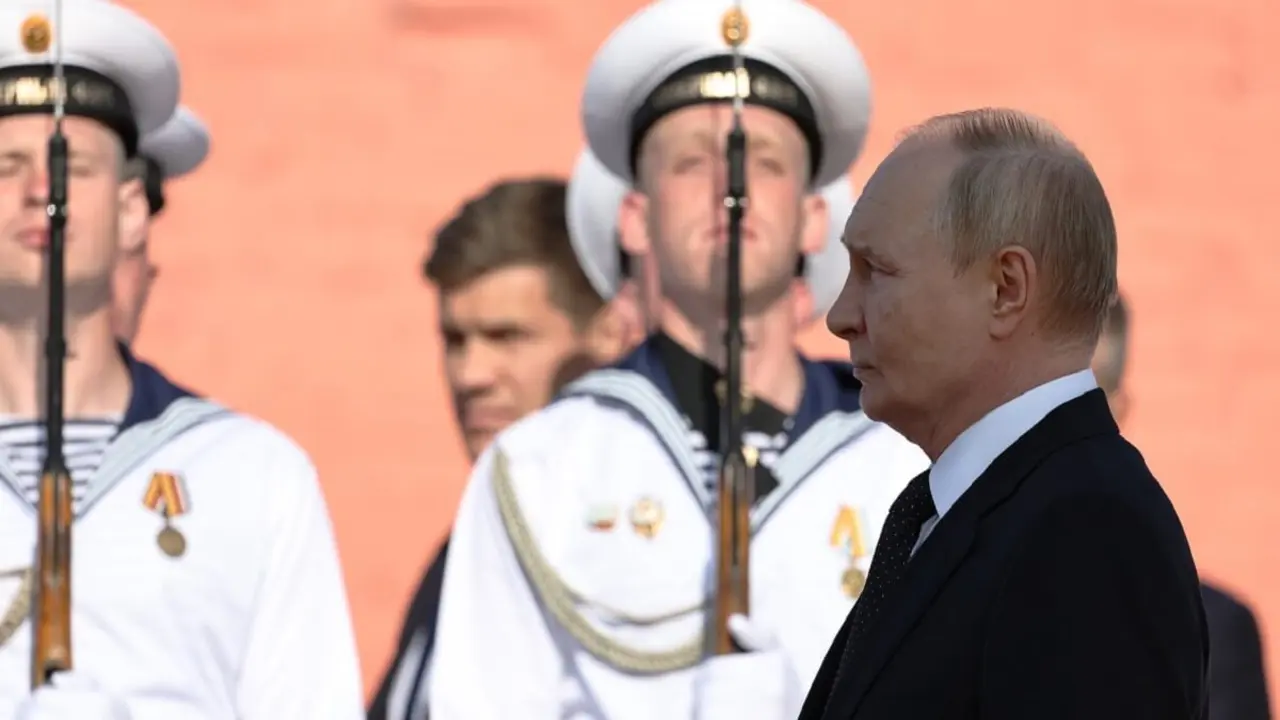Iran aims its electronic pupils on the Gaza Strip, Syria, Lebanon and Israel

Situated in a geographical region straddling the Middle East and Central Asia, the authorities of the Islamic Republic of Iran are among those who are watching most closely the developments in the cruel and heart-rending all-out war raging in the Gaza Strip.
The strategic imbalance that has arisen in the Middle East as a result of the indiscriminate and bloody attack by Hamas's Ezzedin al-Qasam Brigades terrorists on the Jewish settlements bordering Gaza has provoked an obvious reaction of self-defence by Israel, as well as the unambiguous, timid or hesitant positioning of a large number of countries in favour of one side or the other.
Iran's government, under the 62-year-old Ebrahim Raisi since August 2021, is clearly a supporter of Hamas's approaches and actions, especially those of the Hezbollah terrorists based in Lebanon and Syria. That is why he goes to such great lengths to gain first-hand knowledge of what is going on in Gaza, in the surrounding nations. And for this it has its spy satellites.

Tehran's executive has deployed its own space component and has platforms for military reconnaissance activities. Its operational assets - three - are not as many as Israel's - a minimum of seven - nor are they as resolute, because the tough sanctions of all kinds that the United States, the European Union and the United Nations have imposed on Iran for its alleged nuclear activities and development of banned intercontinental ballistic missiles have made this difficult, if not impossible.
So, does Iranian industry have the appropriate expertise and resources to develop, manufacture and launch satellites, and what is the provenance of the technological components it uses? If we take into account that Iran's main props for its military air and naval hardware come from Russia, North Korea, China and in some cases India, it is clear that the same countries are the ones that make its very secret and limited space capabilities possible.
The most recent spy satellite put into space by Iran is the Noor-3, a domestically manufactured 6U CubeSat weighing about 20 kilos, which incorporates a mini-camera and a miniaturised high-resolution detector. The above data is assumed, because everything that surrounds Tehran's ultra-terrestrial scenario is shrouded in the strictest secrecy.

Observing for a month
What is known for sure is that Noor-3 was launched into orbit on 27 September aboard a Qased domestic launcher and is orbiting at 450-500 kilometres. Like its two serial siblings - Noor-1, launched in April 2020 and now out of service, and Noor-2, launched in March 2022 - the diminutive Noor-3 is under the sphere of control of General Amir-Ali Hajizadeh, head of the aerospace branch of the Islamic Revolutionary Guard, a parallel but integrated military structure of the Iranian Armed Forces.
The commander-in-chief of the Revolutionary Guard, General Hossein Salami, confirmed on 28 October that the purpose of the Noor-3 is to "collect imagery and data for intelligence needs". And he anticipated that "two other new satellites with identical capabilities" would be put into orbit before next April.
The Islamic Revolutionary Guard is the privileged organisation of a military nature that directs ultra-terrestrial military missions and enjoys the freedom to have its own independent space programme. Well, the Iranian Space Agency, which was given official status on 28 February 2004 during the presidency of Mohamed Khatami and is attached to the Ministry of Communications and Information Technology.

Noor micro satellites and other small satellites weighing no more than 50 kilos are launched into space from facilities on Iranian territory by domestically produced launchers. But the failure rate is very high. This is the case with Safir-1: 7 launches, 3 of which failed; Simorgh: 6 launches and 5 failures; Qaem-100: 1 launch and 1 failure. The exception is the Qased rocket, which has three successful flights, precisely the ones that put Noor-1, 2 and 3 into orbit.
Leaving aside the Noor series, Iran's main electro-optical spy for observing the fighting in the Gaza Strip and on Israel's borders with Lebanon and Syria is called Khayyam-1. Russian-built, with a take-off mass between 470 and 650 kg and belonging to the Kanopus-V family, it flew from the Baikonur Cosmodrome on 9 August 2022 on a Soyuz rocket.
The Iranian Space Agency headed by Hassan Salariyeh denies that Khayyam-1 is a military reconnaissance satellite. It claims that its task is to provide imagery to improve agricultural production, water resources, observe the consequences of floods and earthquakes, monitor the progress of desertification, as well as to monitor oil exploitation... and border areas.

Securing space technology transfers from Russia
It is therefore foreseeable that this "monitoring of border areas" will be much more. On board Khayyam-1 is a Korsch-type telescope with three powerful cameras with a wide field of view in the visible and infrared spectra. One of these is a high-resolution camera, now known to be between 1 and 0.75 metres, making it particularly suitable as a spy satellite. But it is possible that its secondary task will be civilian in nature and that it will be used as a dual-purpose platform.
In any case, in view of the widespread rearmament and the high level of interest around the world in placing new observation and secure communications devices in space, the authorities in Tehran have been keen to relaunch their cooperation with Russia, their main external supplier of components and complete satellite systems.

A large Iranian delegation led by the Deputy Prime Minister for Science, Technology and Knowledge Economy, Professor Rouhollah Dehqani Firouzabadi, visited Moscow at the end of October. The purpose of the trip was to strengthen cooperation between the civilian and military technology centres of the two countries, particularly in the fields of artificial intelligence, microelectronics and communications. But above all in the field of space.
Rouhollah Dehqani Firouzabadi, 42, is an aerospace engineer appointed to the post in November 2022, precisely to strengthen relations and sign bilateral aerospace projects with Russia's Deputy Prime Minister and Minister of Industry and Trade, Denis Manturov.

President Ebrahim Raisi believes that "now" is the time for Russia to authorise the transfer of technologies to build three platforms similar to the Khayyam-1 in Iran. It is also the time to contract with Russian industry for an encrypted communications satellite and to join the Sfera project, a mixed mega-constellation of observation and communications satellites that Moscow intends to deploy from next year.
Iran is a pioneer in its interest in outer space. It is one of only 18 countries that in December 1958 gave life to the United Nations Committee on the Peaceful Uses of Outer Space, COPUOS, just one year after the flight of the Soviet Sputnik-1, the first artificial satellite that began orbiting the Earth on 4 October 1957. Today, COPUOS, headquartered in Vienna, is home to nearly 100 member states.


